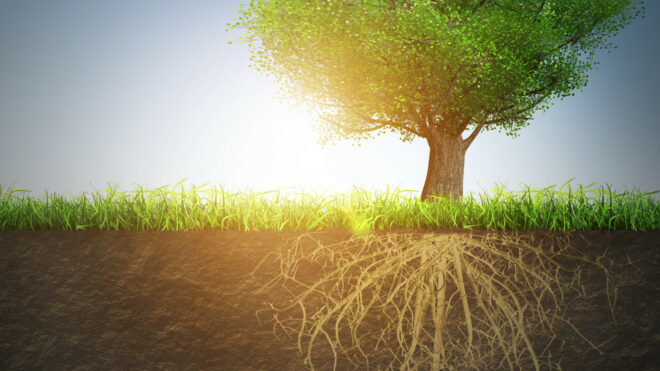Your trees are living things that rely on you to keep them healthy and whole. And, a sick or damaged tree is more than an eyesore; it’s a potential safety hazard.
In this way, tree maintenance is a responsibility to both the tree and the community. If you’d like to know how to incorporate some tree care into your yard work regimen, this is the guide for you. So keep reading for the three pillars of tree maintenance tips (plus one bonus!)
Remember Fallen Leaves are Tree Food
Every autumn, your deciduous trees drop amber and gold leaves all over the yard. Your first thought when seeing your newly carpeted lawn would probably be to rake and dispose of those suckers ASAP. However, you should reconsider your leaf-cleaning impulse.
This is because fallen leaves act as a kind of natural mulch, performing the same functions as the store-bought stuff. In addition, that leaf cover keeps the soil around the tree moist, maintains temperature by trapping ground heat, and provides essential nutrition through decomposition.
To maintain a groomed look, rake your leaves into a pile and go over them with your lawnmower. Then, distribute a thin layer of leaf shreds around the base of each tree in tidy circles (too thick, and you suffocate your roots.) Also, be careful to keep the trunk of the tree clear.
Know When to Water
How often and how much water is determined by the planting age. For example, young, fresh-planted trees will need daily watering at least for the first couple of weeks, tapering off until the roots are well-established.
And older plantings should be watered only when the ground is dry. You can test soil moisture by making a small two-inch hole near the tree’s base and sticking your finger inside. If the soil feels crumbly and dry, then water.
Prune With Purpose
Tree trimming produces different effects in different seasons. So be sure to consider that when deciding when and if to prune.
But, whatever you do, never prune in the fall. In autumn, your tree is preparing for dormancy by inhibiting growth. If you prune during that time, the new growth will die off at first frost. Also, because growth and thus, healing is slowed, your tree is more likely to fall prey to fungal diseases.
Instead, save your pruning for winter if spectacular spring growth is desired. Alternatively, prune in the summer to slow growth or maintain size. Then, examine your tree on occasion for any loose or deadfall branches, and remove those accordingly.
Keep in mind that tree pruning can be dangerous, and if not done right, you risk not only the tree’s safety but your own. That’s why it’s best to leave tree maintenance to the professionals.
Bonus Tip: Find a Pro for Tree Maintenance
There is a myriad of other reasons to hire a professional. They have the technical expertise and the necessary tools that allow them to get the job done safely and efficiently.
For example, did you know that diseases can spread from one tree wound to another? Probably not. But, your local tree maintenance professional does and can ensure sanitary handling of sick trees so that the rest stay healthy.
At P’n’D Logging and Tree Service, we have three decades of experience serving the unique needs of the Puget Sound area. Contact us today to schedule a free estimate.

